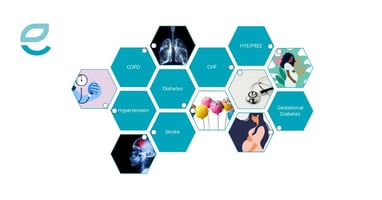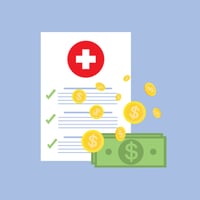
Registrations can take several weeks to complete the required confirmations and validations. Registering in advance will save time and stress when you decide to pursue a federal grant. If you are already registered, check to ensure that all registrations are up to date and active.
Ensure that registrations (individual and organization) are complete in www.sam.gov and www.grants.gov.
If you plan to apply for some SAMHSA or any research-related grants, register at https://era.nih.gov/reg-accounts/register-commons.htm.

